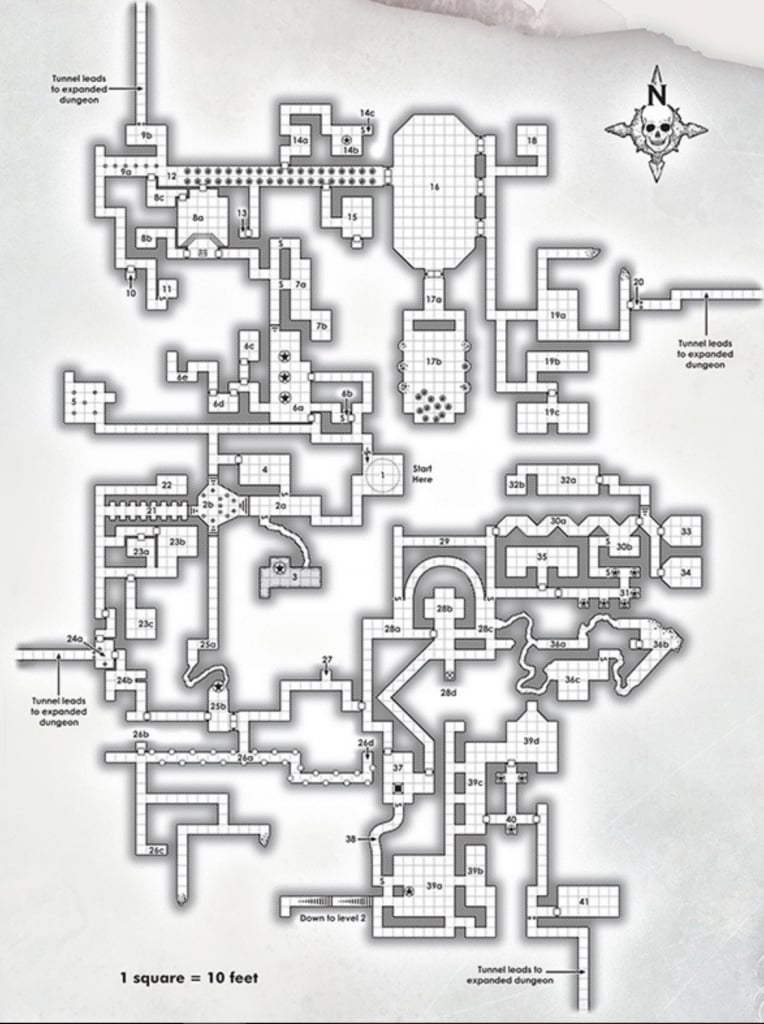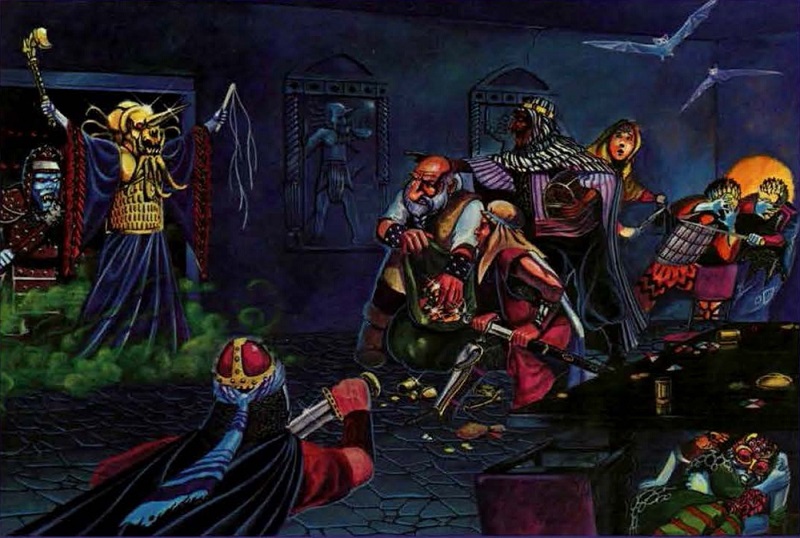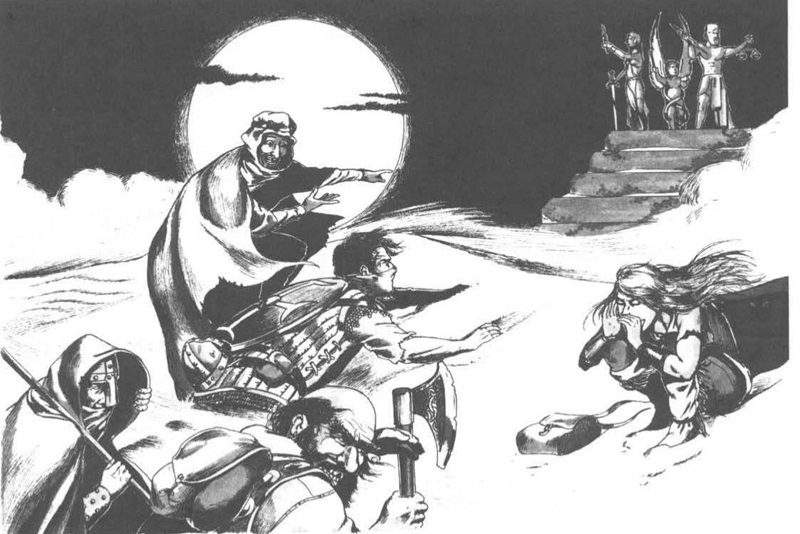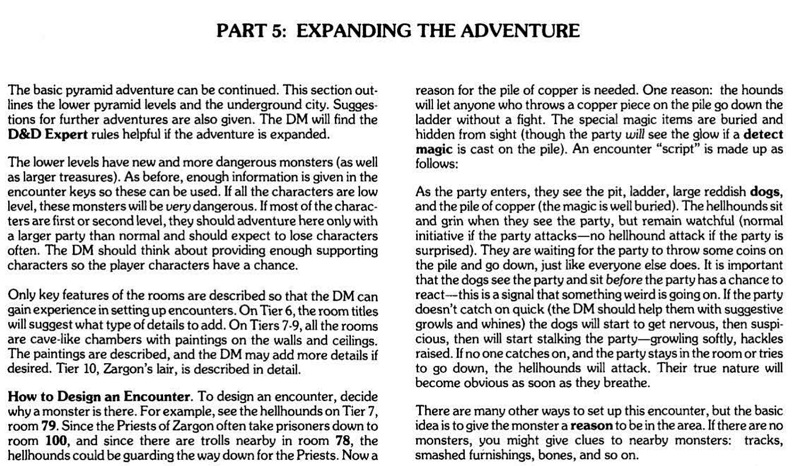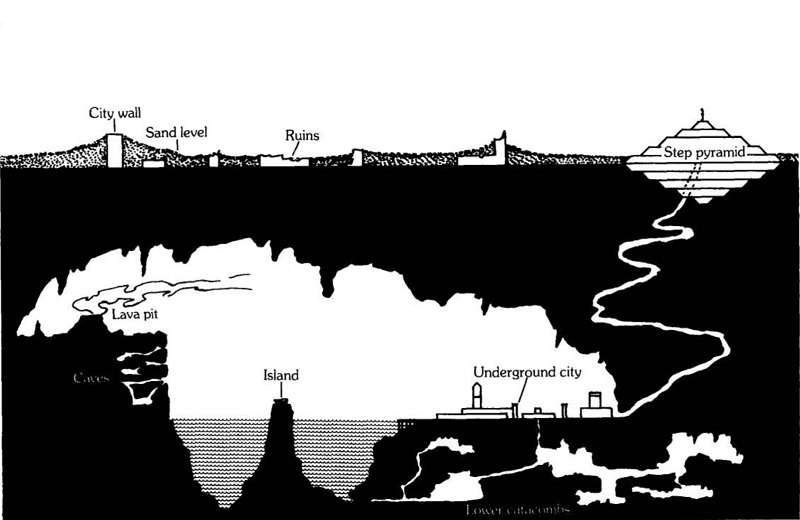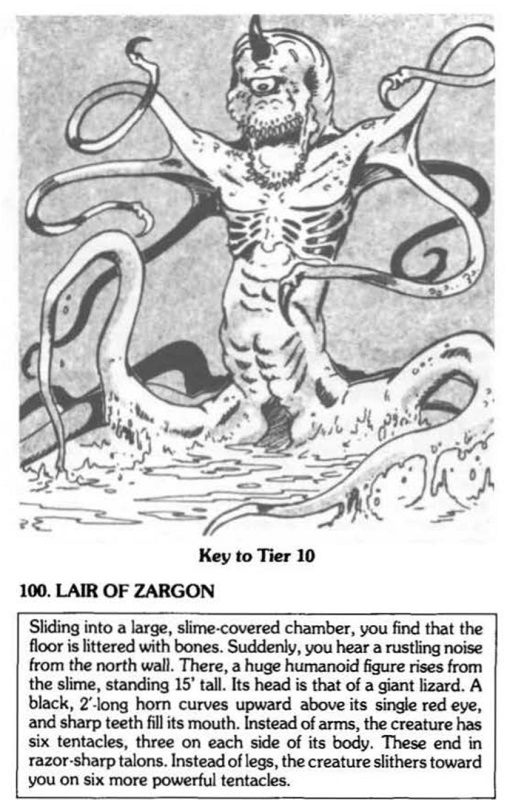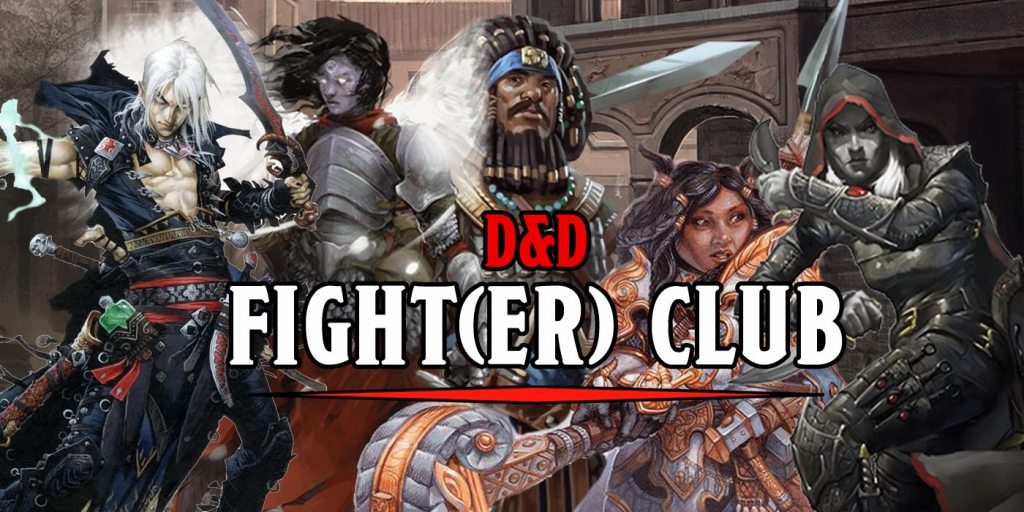D&D Module Spotlight: The Lost City
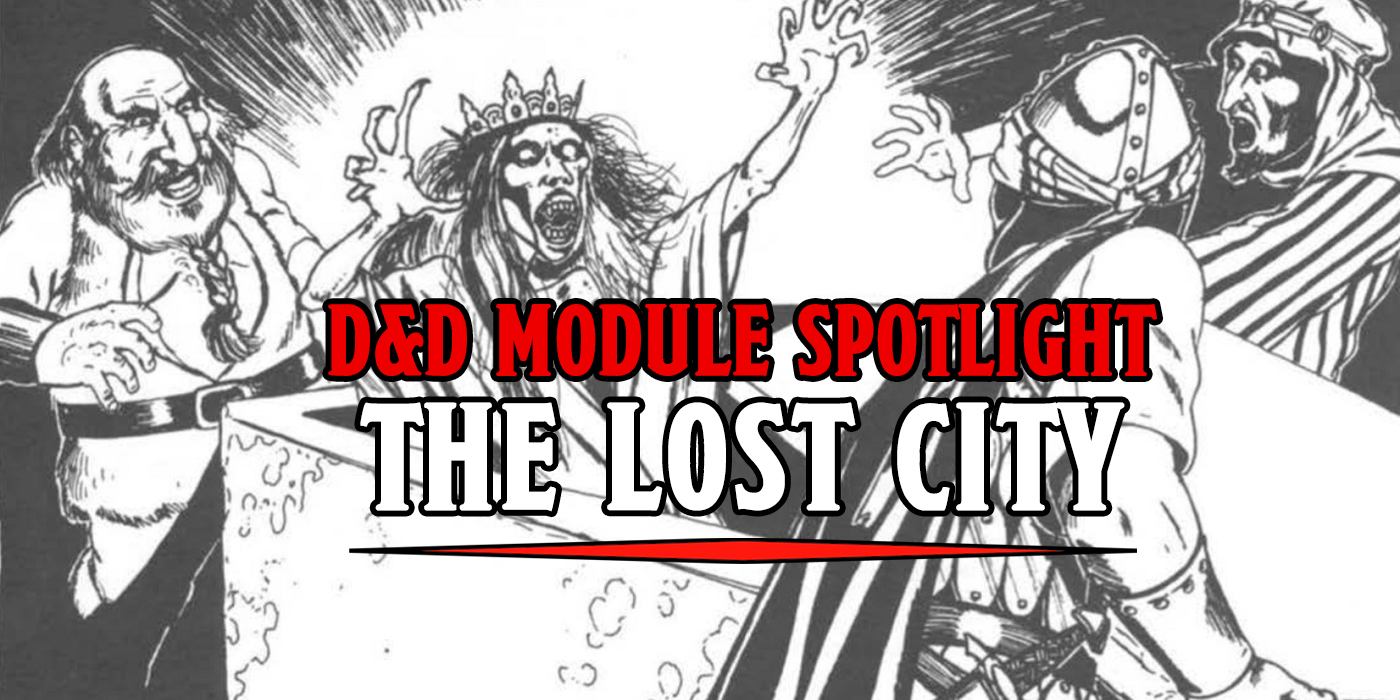

Since Goodman Games has announced their upcoming rendition of the Lost City in 5e, we’re taking a look at this classic module as it originally stands.
The Lost City is a module designed for the Basic Set. And, unlike most modules of that era, it’s aimed at fledgling dungeon masters, designed to give them an idea of what it looks like to flesh out a module for themselves. Which is why, when we go through this module, you’ll see whole sections that are basically just outlines–the author, Todd Moldvay (who also wrote the second edition of the Basic Set, the Isle of Dread, as well as others) wanted DMs to practice doing their own work, as that was how most of these adventures were meant to be run.
You can even see a nod to this practice in the recently released Waterdeep: Dungeon of the Mad Mage which takes players deep into Undermountain, the legendary dungeon of evil wizard Halaster Blackcloak. And as we look at the maps, sure enough, there’s plenty of room to include your own rooms, passages, tunnels, and more, under the entry “tunnel leads to expanded dungeon.” With that in mind, The Lost City might feel incomplete, but that’s by design. Okay let’s dive in.
First things first, you can tell this is an old school module because it’s designed for a group of 6-10 characters, which seems like a lot in comparison to todays’ 4-6, but that’s the way this cookie crumbles. Often times you might see players taking on hirelings or sidekicks or minions to fill in extra bodies–even The Sinister Secret of Saltmarsh has two companion adventurers. The other thing about this being a very old school adventure is that, while at its heart it’s a dungeon crawl meant to be cleared through room by room–it’s also got a ton of backstory to it. You’ll find the history of the Cynidiceans and it’s something straight out of one of Robert E. Howard’s books:
Centuries ago, Cynidicea was the capital of a rich and fertile kingdom. Its people reclaimed much land from the desert, especially during the reign of King Alexander-the last and greatest king of Cynidicea. Upon King Alexander’s death, a huge pyramid was raised in his honor. This pyramid was the largest and most important building in the city. The fall of Cynidicea began on the day that workers, digging under the great pyramid, chanced upon the lair of a strange monster called Zargon.
AdvertisementZargon was roughly humanoid in shape, though larger than most humans. In place of arms and legs it had twelve tentacles. Its head was that of a giant lizard, with a large black horn in the middle of its forehead. Zargon killed most of the workers, then began hunting prey at night through the streets of Cynidicea. The city guard was not able to kill the monster.
At last, the city rulers began sending criminals from the jails into the pyramid for Zargon to feed on. In time, a strange cult arose that worshipped the monster as a god. The cult viewed the monster’s victims as religious sacrifices. The worship of the ancient gods of Cynidicea- Gorm, Usamigaras, and Madarua-was forsaken in favor of the worship of the monster Zargon.
Finally, most of the citizens of Cynidicea worshipped it. The worshippers of Zargon began to look for strange pleasures. They sought oblivion in rare wines and bizarre drugs. Workers no longer repaired the irrigation ditches. Rich land turned into desert. The army lost its discipline. People outside the city rebelled, or moved away as chaos spread outward from Cynidicea.
Later, barbarian warriors stormed over the walls and destroyed the city. The only people of Cynidicea who survived its destruction were those who had fled underground to the vast catacombs* under the city. There, led by Priests of Zargon, the Cynidiceans tried to rebuild the city.
Advertisement
As the adventure progresses, players have the chance to discover three different factions who follow one of the old gods of the Cynidiceans, each trying to restore worship to the rightful old ways, and take worship from the cult of Zargon. This is a fantastic premise to insert some roleplay and help set out the exposition of what has happened without the DM needing to info-dump all the time. There’s something about this ruined city that really strikes a chord with me. Perhaps it’s that the faction section includes the best DM advice you’ll find in all D&D:
It is important for the DM to avoid forcing the action to a pre-set conclusion- the actions of the players must be able to make a difference.
You’ll find the first four tiers of the massive pyramid at the heart of the dungeon here. It’s pretty Basic, really, but that’s the intention. There are burial chambers, puzzle rooms, trap rooms, and several deadly encounters, especially when you consider that the characters are meant to start off at 1st-3rd level. As you progress though, the real interesting part of the adventure is where it opens things up to the DM and hands out some fantastic encounter/dungeon design advice:
Everything should have a reason for being somewhere, and it’s important to try and figure out what that reason is. Most of the rooms here feel interconnected in some way–and there are a hundred rooms of examples to pick through. Fittingly, once this adventure ends (and players confront Zargon), the real adventure begins.
Moldvay includes advice on a number of different directions to take the campaign, including exploring more of the lost city, clashing with the Priests of Zargon’s. Discovering his inevitable return (unless they have somehow learned Zargon’s weakness).
As well as looking for ways to bring Cynidicea back into the light of the world. If you’re looking for a module that has a lot of advice to offer new GMs, you’ll want to check out The Lost City.
Happy Adventuring!

